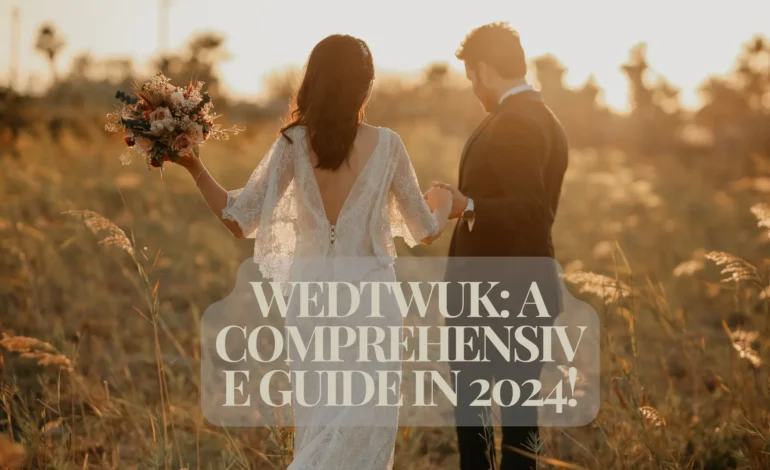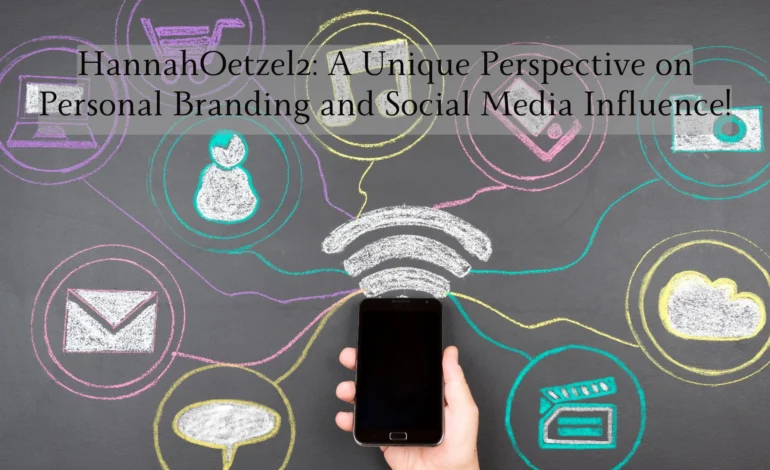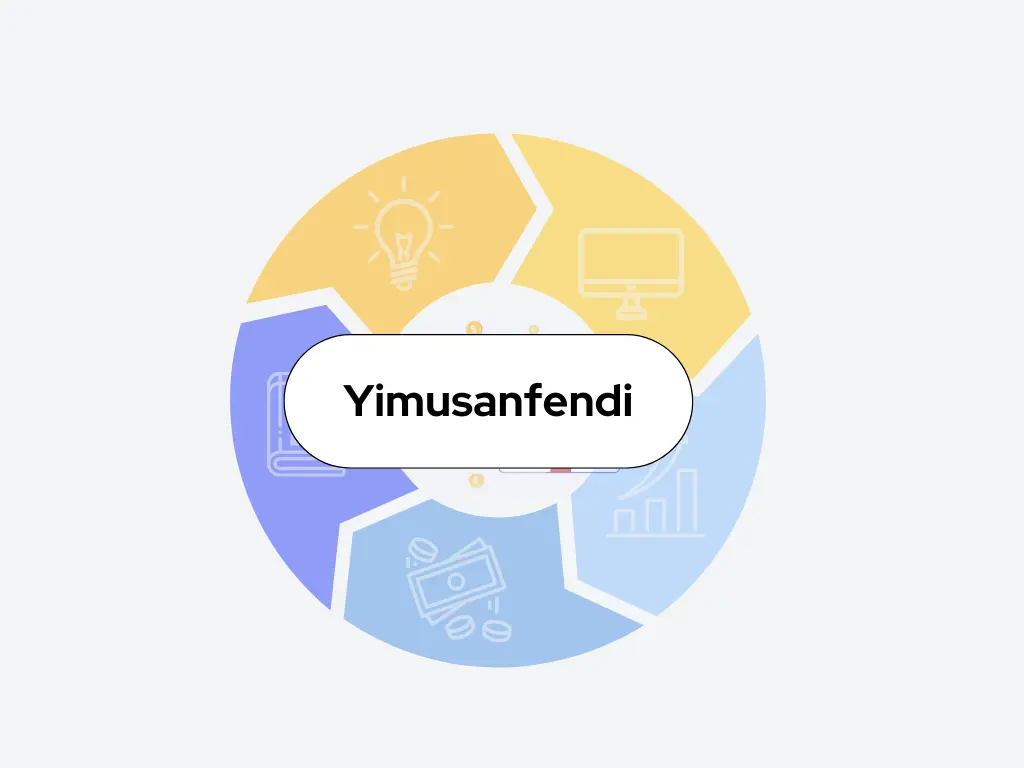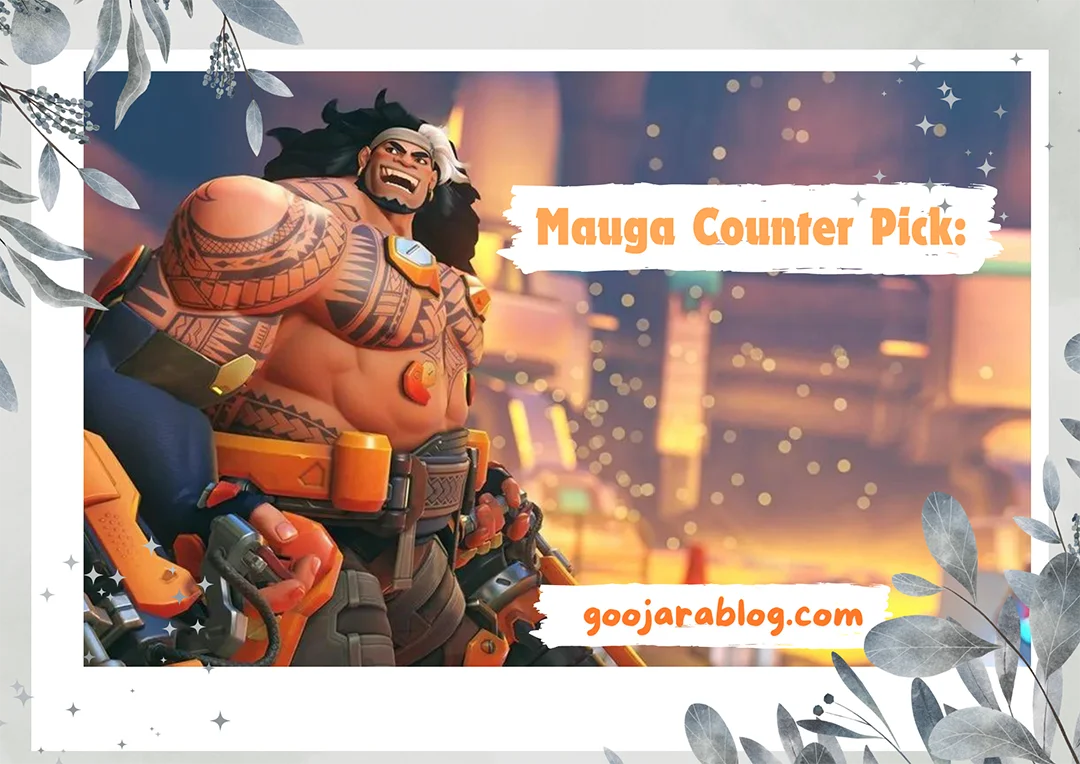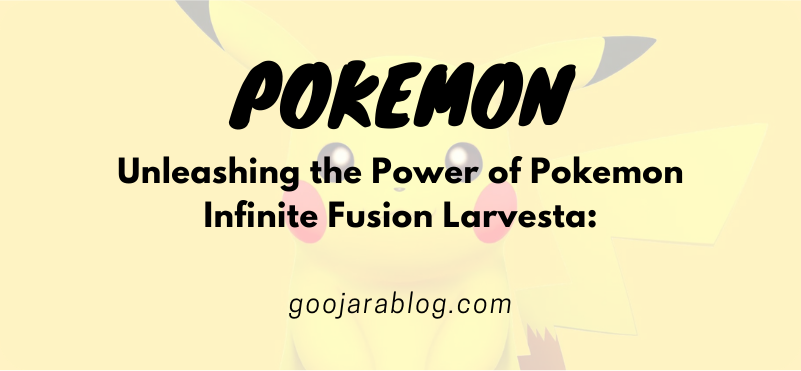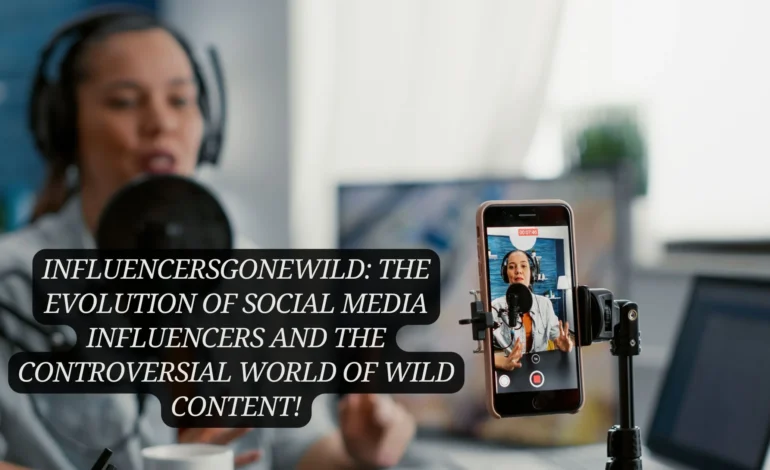
InfluencersGoneWild: The Evolution of Social Media Influencers and the Controversial World of Wild Content!
These digital personalities leverage their online presence to shape opinions, promote products, and build personal brands. However, with increasing popularity comes scrutiny, and the world of social media influencers has given birth to glamorous trends.
Social media has rapidly transformed how individuals connect, communicate, and consume information. One of the most fascinating byproducts of this transformation is the rise of social media influencers.
This article will explore the origins of influencers, their impact on modern society, the controversial side of InfluencersGoneWild, and the broader ethical implications of influencer behaviour.
Table of Contents
The Birth of Social Media Influencers!
The concept of influencers isn’t new. Long before social media, celebrities, athletes, and public figures influenced fashion, lifestyle choices, and consumer behaviour. However, with the advent of platforms like Instagram, YouTube, TikTok, and Twitter, ordinary individuals began to build massive followings based on their expertise, creativity, or relatability.
Influencers thrive on their ability to create content that resonates with specific audiences. Whether it’s beauty tutorials, fitness tips, travel vlogs, or personal anecdotes, influencers cultivate loyal fanbases by consistently providing engaging and relatable content. They blur the lines between celebrity and ordinary life, making them accessible and trusted figures within their respective communities.
Micro and Macro Influencers:
Within the influencer ecosystem, there are distinct categories based on follower count and reach. Macro-influencers, typically those with millions of followers, have broad appeal and are often compared to traditional celebrities.
On the other hand, micro-influencers, with more niche followings (between 10,000 to 100,000), may have a smaller reach but boast higher engagement rates due to their deeper connection with their audience. Both types play essential roles in marketing campaigns, but micro-influencers often hold more sway in creating authentic and trust-based relationships.
Influencer Marketing: A Billion-Dollar Industry!
As influencers gained prominence, brands quickly realized the potential of influencer marketing. Instead of relying solely on traditional advertising, businesses began partnering with influencers to promote products and services. Influencers, with their dedicated followers, became powerful tools in the marketing arsenal.
According to recent estimates, influencer marketing is expected to be a $21 billion industry by 2025. Brands prefer influencers because they offer authenticity. Audiences trust the recommendations of influencers they follow, often seeing them as friends rather than advertisers. This trust translates into higher engagement and conversion rates for brands.
Influencer campaigns are tailored to reach specific demographics, making them more efficient than traditional advertising. Brands can select influencers based on their audience’s age, interests, and geographical location. This targeted approach allows for personalized content that resonates more deeply with viewers.
The Rise of InfluencersGoneWild!
While many influencers maintain polished and carefully curated personas, some have begun embracing more provocative, unfiltered, and controversial content. The term InfluencersGoneWild refers to influencers who push boundaries, often by sharing racy or scandalous content to attract attention. This content might involve exaggerated displays of wealth, shocking behaviour, explicit content, or outrageous stunts designed to go viral.
The reasons for influencers adopting this strategy are multi-faceted. As competition within the influencer space grows, content creators must constantly innovate to stand out. Traditional, polished content may not be enough to capture attention in a saturated market. Additionally, social media algorithms often reward engagement, meaning that sensational or controversial content is more likely to go viral.
However, InfluencersGoneWild isn’t just about being provocative. It also reflects the increasing pressure on influencers to maintain relevance. With fleeting social media trends and a constantly shifting audience, influencers feel the need to remain in the spotlight. For some, this means pushing the envelope and engaging in behaviour that they know will generate buzz, even if it risks backlash.
Examples of InfluencersGoneWild Content!
- Extreme Pranks: Some influencers have been known to orchestrate elaborate and dangerous pranks to generate views. These pranks, while entertaining to some, can cause public disturbances or even lead to legal consequences.
- Explicit Content: Platforms like OnlyFans have seen a rise in influencers opting to share explicit or risqué content in exchange for financial gain. While many of these influencers argue that they have the right to express themselves, critics raise concerns about the long-term effects on their image and the message it send to younger followers.
- Lavish Displays of Wealth: Several influencers flaunt their wealth by posting videos of luxury cars, extravagant vacations, and designer goods. While this appeals to some, others criticize it as tone-deaf, especially in times of economic hardship.
- Shocking Political Statements: In a bid to gain attention, some influencers engage in political controversies, making extreme or inflammatory statements that spark debate and draw media attention. This can be a calculated move to capitalize on controversy, even if it risks alienating parts of their audience.
The Ethical Debate Surrounding InfluencersGoneWild!
The rise of InfluencersGoneWild has sparked significant ethical debates. Critics argue that influencers who engage in controversial behaviour are setting a dangerous precedent, especially for younger, impressionable audiences. When influencers promote extreme lifestyles or controversial content, their followers, especially teenagers, may feel pressure to emulate that behaviour.
The issue of accountability becomes murky with influencer culture. Unlike traditional celebrities who are bound by contracts with networks or film studios, influencers often operate independently. This freedom allows them to push boundaries without the same level of oversight, but it also means that there are fewer checks on their behaviour.
Additionally, platforms like Instagram, TikTok, and YouTube face criticism for not doing enough to regulate the content shared by influencers. While these platforms have guidelines against explicit or harmful content, influencers often find ways to skirt these rules or exploit loopholes.
The Mental Health Impact on Influencers:
Beyond the ethical concerns for audiences, the constant need to stay relevant and generate engagement can take a toll on influencers themselves. Many influencers face burnout due to the pressure of maintaining a public persona and constantly creating content. The drive to produce shocking or sensational content can lead to risky behaviour and, in some cases, damage their mental health.
Some influencers have publicly spoken about the mental health struggles they face, including anxiety, depression, and imposter syndrome. While social media can be a lucrative career, the pressure to constantly innovate and perform can be overwhelming.
The Role of Platforms in Regulating Content!
As InfluencersGoneWild content gains traction, social media platforms find themselves under increasing pressure to regulate what can be shared. Platforms like Instagram and TikTok have implemented guidelines regarding explicit or harmful content. However, enforcement of these rules is inconsistent, and many influencers continue to push boundaries without facing serious consequences.
One solution could be for platforms to implement stricter algorithms that filter out harmful content before it reaches audiences. Additionally, better mental health resources and support systems for influencers could help alleviate the pressure they face to constantly produce content.
The Future of Influencer Culture: Is InfluencersGoneWild Here to Stay?
While InfluencersGoneWild may seem like a passing trend, it reflects a broader shift in influencer culture. As social media platforms evolve and audiences demand more engaging, shocking content, influencers will continue to push boundaries. However, the future of influencer culture will likely see a balance between sensationalism and authenticity.
Influencers who can strike this balance will be the ones who maintain long-term success. While wild content may generate short-term attention, audiences still crave authenticity and connection. As audiences become more savvy and discerning, influencers who can combine engaging content with genuine relatability will have staying power. Additionally, brands that partner with influencers will need to be more discerning about who they collaborate with.
While controversial influencers may bring short-term visibility, brands must consider the long-term impact on their image and reputation. Aligning with influencers who reflect positive values and maintain a balance between entertainment and responsibility will be crucial for successful marketing campaigns.
FAQs:
1. What is InfluencersGoneWild?
InfluencersGoneWild refers to influencers who post controversial or provocative content to gain attention and increase engagement.
2. Why do influencers participate in InfluencersGoneWild?
Influencers participate to stand out in a saturated market and maintain relevance by creating sensational content.
3. How does InfluencersGoneWild affect audiences?
It can influence impressionable followers, especially younger audiences, to mimic risky or inappropriate behaviour.
4. Is InfluencersGoneWild harmful to influencer careers?
While it may boost short-term popularity, it risks long-term damage to an influencer’s reputation and brand relationships.
5. Can platforms control InfluencersGoneWild content?
Social media platforms have guidelines, but enforcement is inconsistent, allowing some controversial content to slip through.
6. What type of content is considered InfluencersGoneWild?
Content includes explicit photos, extreme pranks, controversial political statements, and exaggerated displays of wealth.
Conclusion:
InfluencersGoneWild represents the more extreme and controversial side of influencer culture. While it highlights the pressures influencers face in maintaining relevance and generating engagement, it also raises ethical concerns about the impact on audiences and the responsibility of social media platforms. As influencer culture continues to evolve, finding a balance between entertainment and responsibility will be key for influencers, platforms, and brands alike. While wild content may attract attention, it is the influencers who can combine authenticity with creativity that will shape the future of this dynamic industry.

